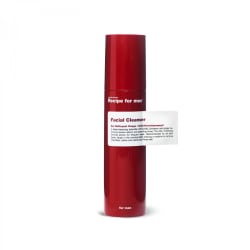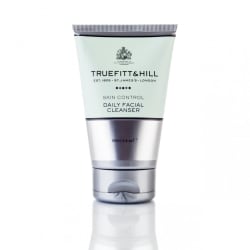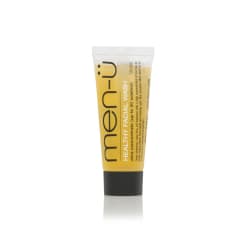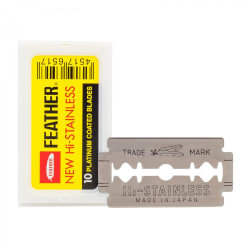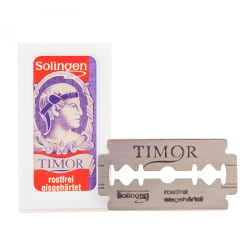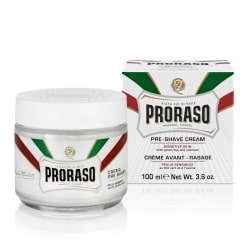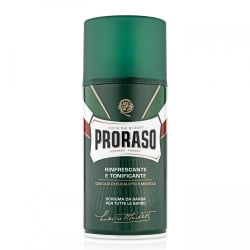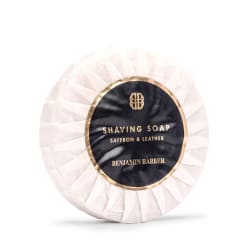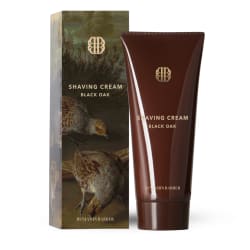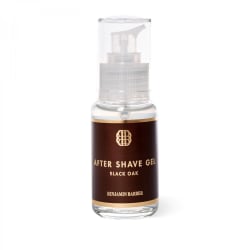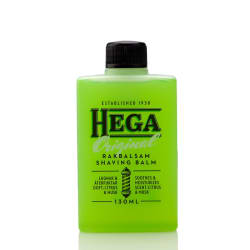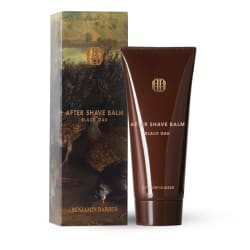small mistakes men make when shaving
Gents focuses on
It's easy to get it wrong, but not necessarily difficult to get it right - this motto applies to shaving in particular. And it doesn't take much to correct the mistakes. Here, we'll look at some small pitfalls to watch out for.

poor cleansing
One of the most common causes of inflammation and rashes caused by bacteria is a lack of facial cleansing before shaving. Generally, warm moist skin is said to make shaving easier, but opinions differ - some prefer cold water during the procedure - but the most important thing is that the skin is clean. Poorly cleaned skin before shaving allows bacteria to enter the skin, which in turn can cause inflammation, razor bumps or rashes where the razor has gone over. So don't cheat on hygiene.
wrong choice of razor blade
If you use a safety razor and have sensitive skin, for example, it's easy to make the rookie mistake of choosing a duller brand simply because you're afraid the sharpness will cause damage. However, it is not the sharpness itself that negatively affects the skin, but on the contrary, it may be that sensitive skin feels better with a blade with a higher degree of sharpness because it then means that you apply less pressure. It's how hard you press and how much friction is created against the skin that leads to irritation.
That's why it's important to choose a blade (or even a planer) based on how coarse your beard is, because that's what determines the result. You should always strive to ensure that you can freely and easily let the planer do the job without having to push and pull. Try it out!
carelessness with soldering and undercutting
A common mistake - whether you shave with a Gillette multi-blade system or with a classic safety razor - is to neglect to use a proper lather, perhaps even doing the classic ‘dry shave’ with water only, often because you simply think it's so much easier and faster. But your shave is only as good as the work that goes into it - the more care you take to prepare your skin beforehand with shaving cream (preferably shaving cream or shaving soap) and maybe even a preparatory pre-shave, the better your shave will be. And you also minimise the risk of irritation and cuts. And if you want to use shaving foam in a spray can, we recommend Proraso's rich, creamy alternative.
replacement of razor blades
Whatever type of blade you use, don't give in to the temptation to wait too long to switch to a fresh new one. Many people would be surprised if they knew the consequences in terms of irritation and poor shaving results.
Gillette users often tend to use the same blades for weeks because of the high cost, even though they rarely last more than a couple of shaves before they start to lose their effectiveness and irritate the skin. And delaying the change if you're using double razor blades for safety razors doesn't make much sense as they're actually incredibly cheap and it's important that they're fresh enough to do the job. Note, however, that you shouldn't go overboard with double razor blades and change every time (as some do) - some brands like Feather are actually better and gentler on the second and third shave than at the beginning.
you're not forgetting post-shave, are you?
Another small mistake is to skip what should be seen as the end of the treatment - the post shave - the part that moisturises and soothes the skin after shaving. Whether you choose after shave balm, such as Benjamin Barber's softening Black Oak, after shave lotion (splash) or after shave gel is a personal preference as all skin is unique and has different needs. if you have extremely dry and sensitive skin, after shave lotion (splash) with high levels of alcohol should perhaps be avoided in favour of more creamy and softening after shave balm.

